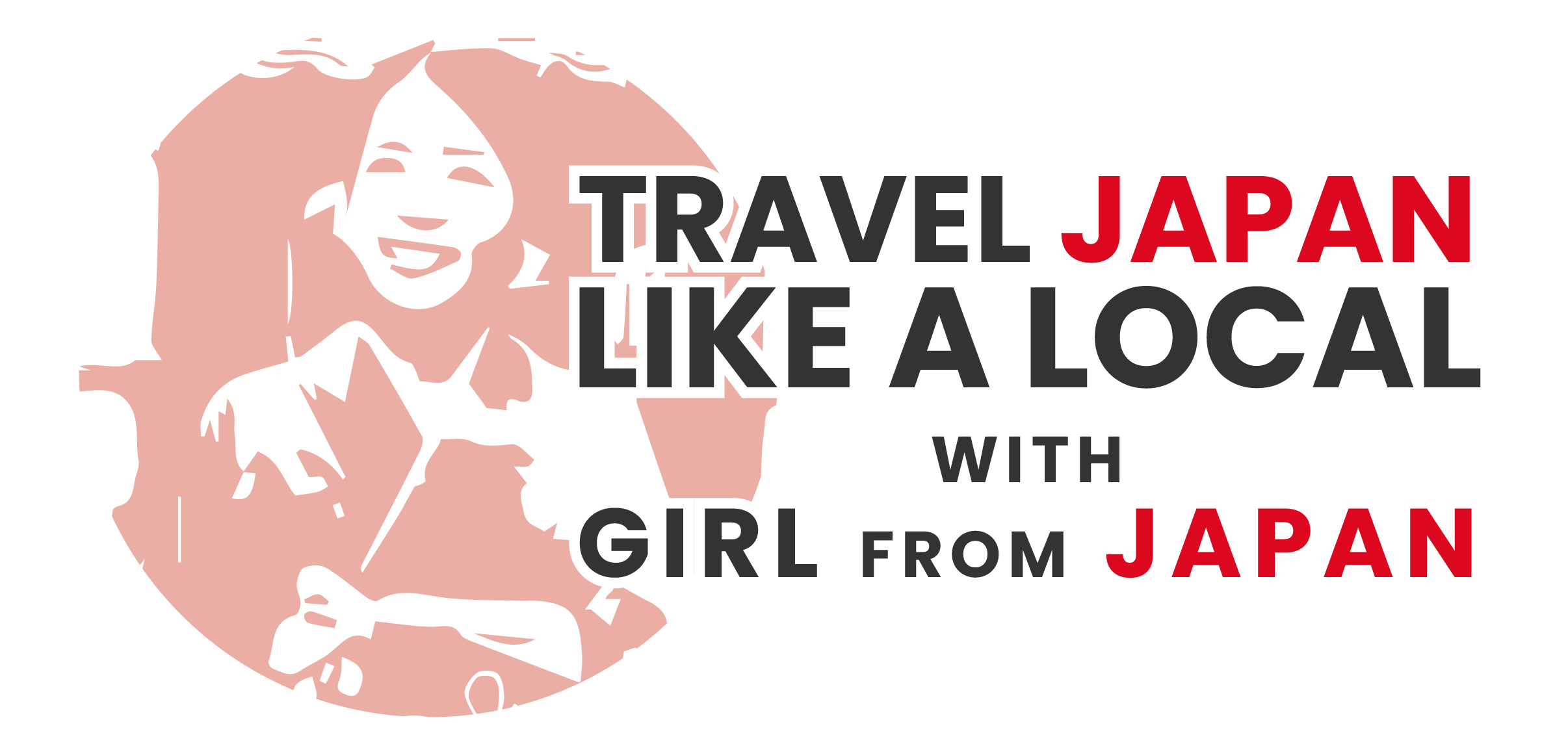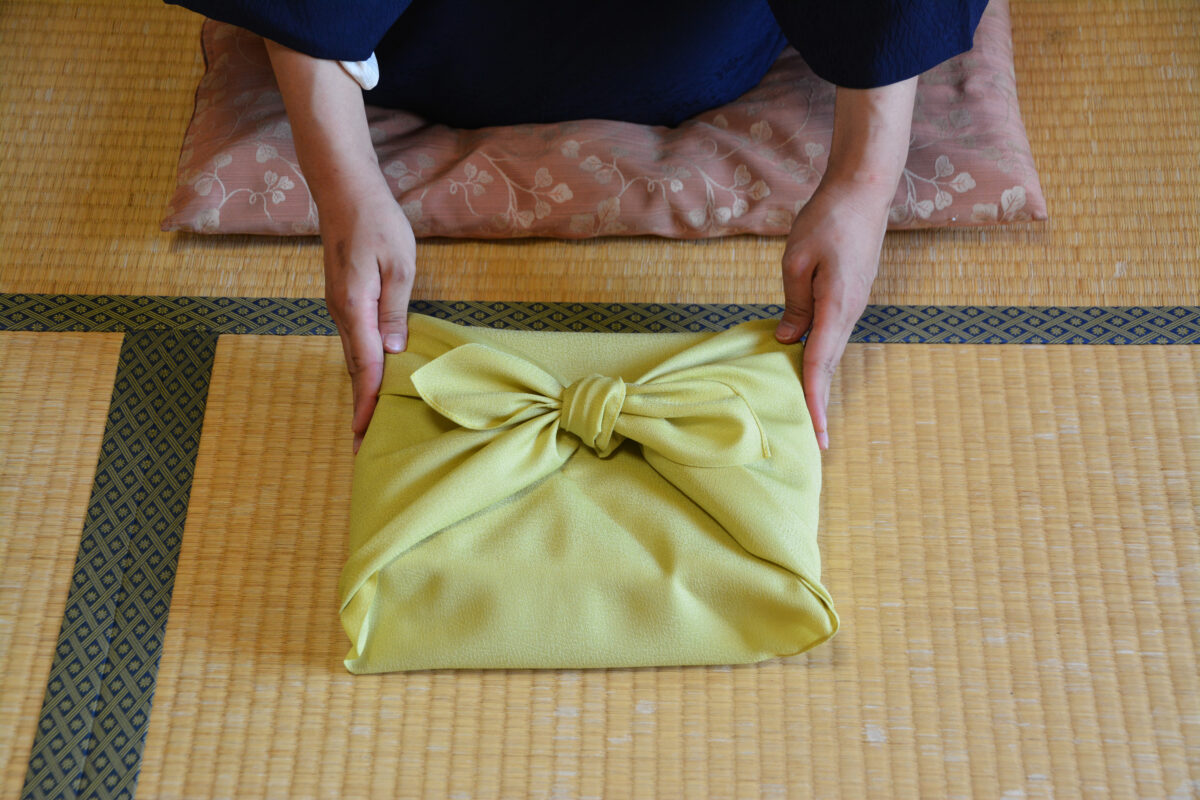As a Japanese girl I think that many foreign tourists already have an idea of “what to eat when they are traveling to Japan” . There are many popular dishes such as sushi, ramen, tempura, curry rice, okonomiyaki, takoyaki, shabu-shabu, yakitori, soba, yakiniku, beef bowl, pork cutlet, and izakaya. It is no exaggeration to say that Japan is a treasure trove of delicious and original food.
However, even if you look at a website with the titel “Japanese food you should eat in Japan” or look at what other tourists in Japan eat, I feel that tourists mostly know about high-end Japanese restaurants.
Some people may think, “It’s a long-awaited trip, so I don’t mind going to high-end shops”, but if you’re staying for a long time, you preferably want to keep your expenses down as much as possible. If you agree, this article is for you!
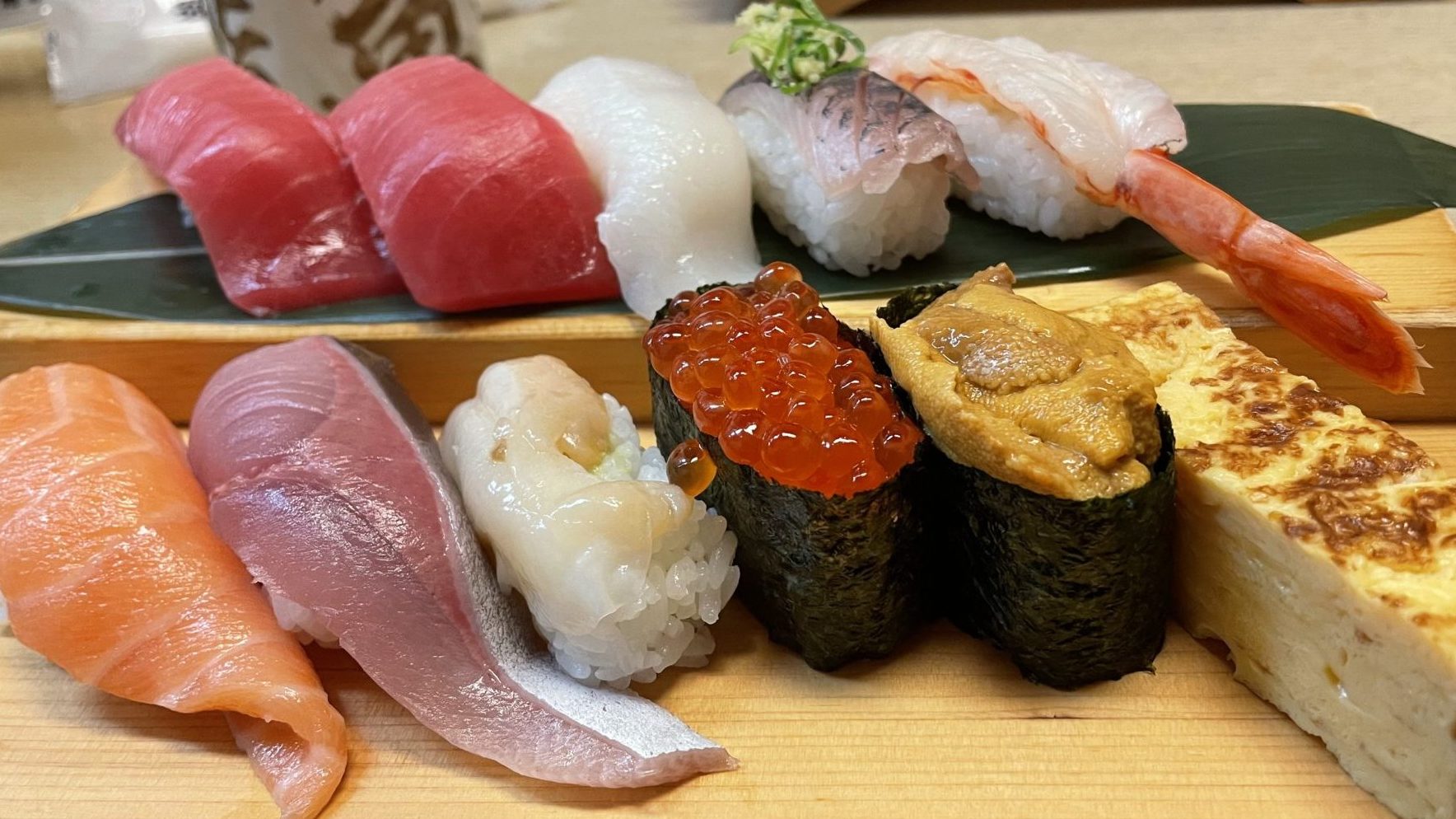
Also, most Japanese people don’t go to high-end shops that tourists frequently visit. This is because there is the problem of spending, and I know that there are many restaurants where you can eat delicious Japanese food at a reasonable price without having to go to a fancy restaurant. So if you want to get the authentic Japanese experience when it comes to food and save some money at the same time, continue reading!
These are all restaurants that I visit often. I am sure that you will be able to find them at the sightseeing spots you are planning to visit. The illustrations shown in addition to the dishes are the same as the store signs, so please use them as a reference when actually looking for a store.
1. Sushi 🍣
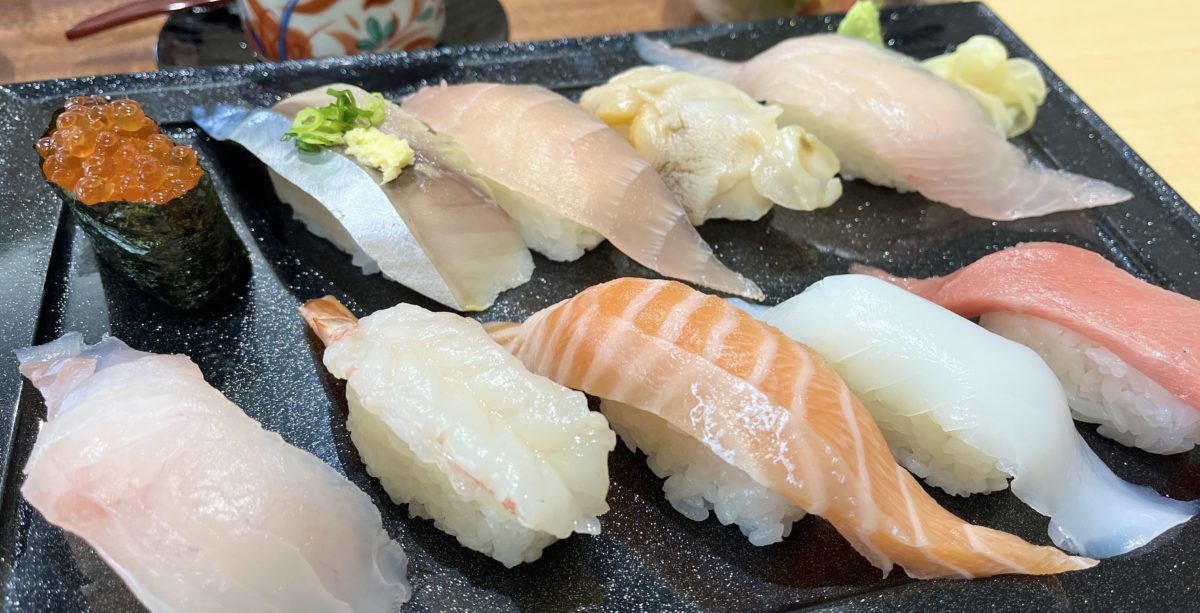
Sushi is, after all, the most popular Japanese food. As everyone knows, sushi is “a typical Japanese dish made by nigiri rice with vinegar and salt, topped with fish, shellfish and other ingredients.” Of course, sushi from high-end sushi restaurants is exceptional, but you can also taste delicious sushi at inexpensive restaurants.
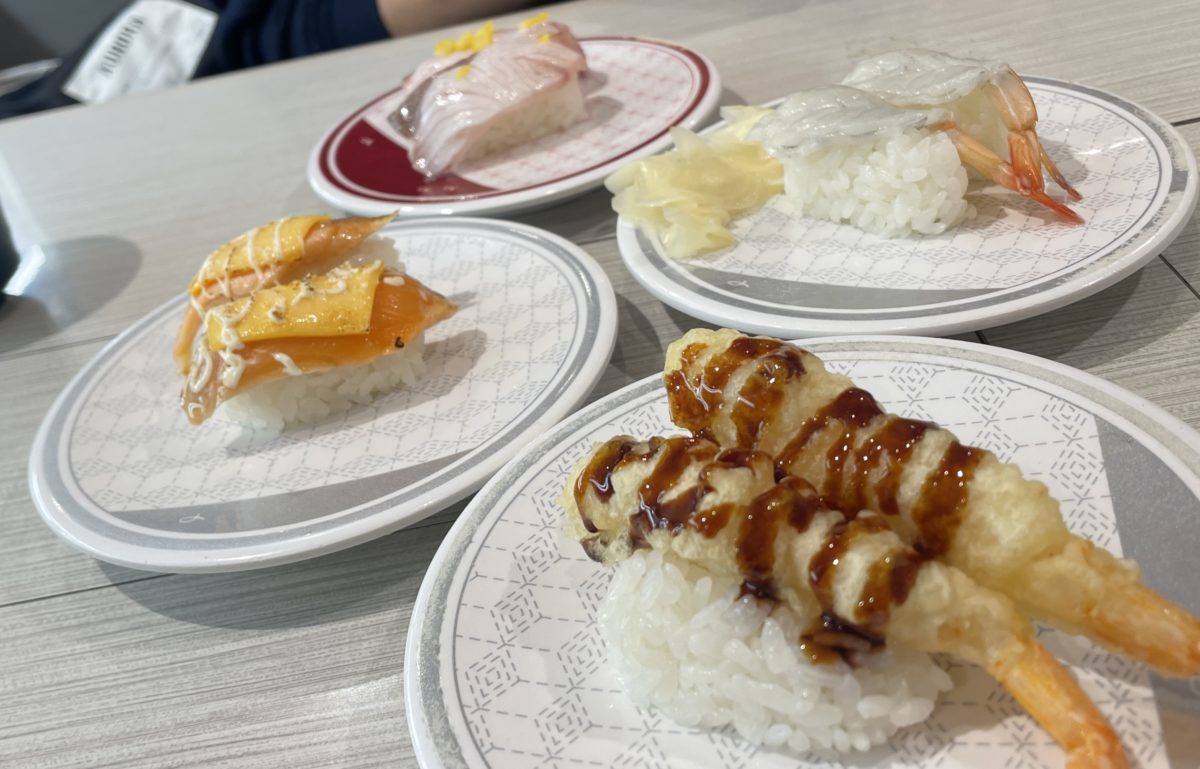
Many people particularly enjoy the sight of sushi on the lanes as it travels around the restaurant. Due to the corona virus, many restaurants do not have sushi on the lanes, but instead only condiments such as wasabi are placed on the lanes.
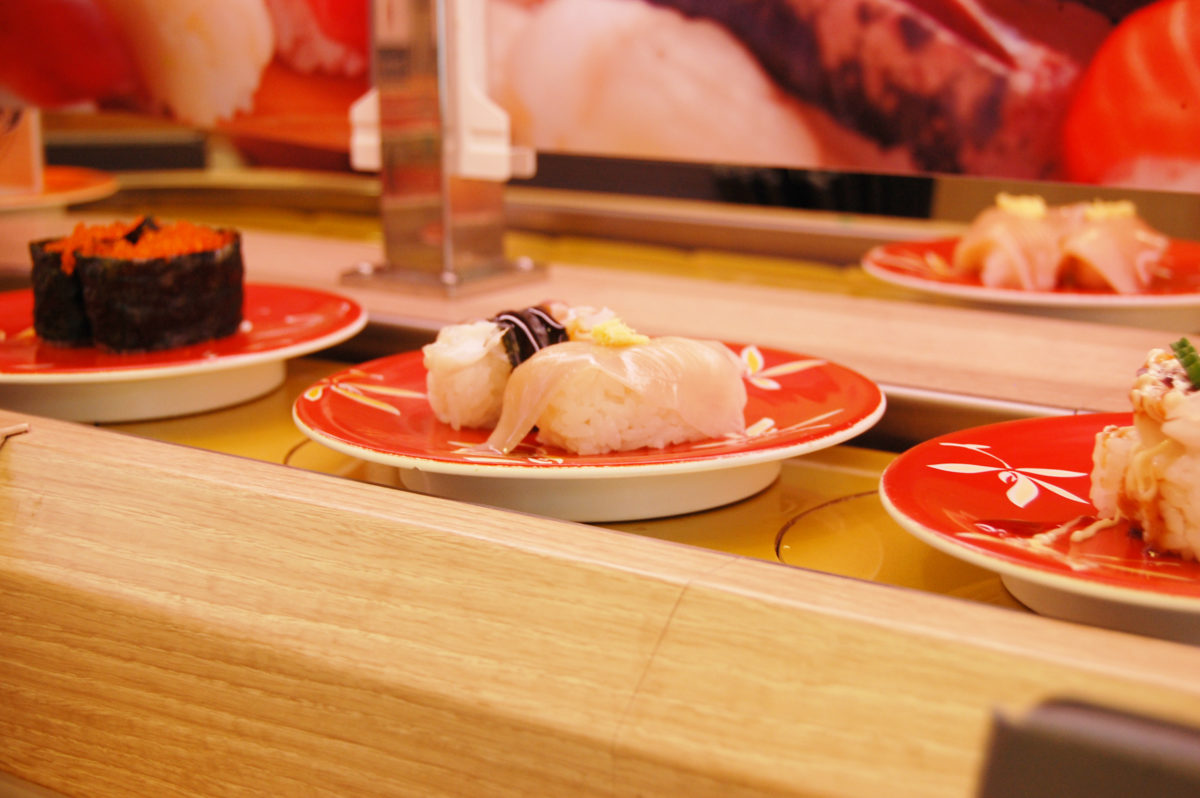
In addition to tuna and salmon, there are many other types of sushi that you can only find in Japan. I recommend shellfish which is quite hard to find outside of Japan!
The restaurants introduced here offer kaitenzushi, where the sushi is placed on a lane and the sushi rotates around the restaurant. In addition to sushi, every restaurant offers side dishes such as udon, ramen, fried food and desserts.
Sushi restaurant 1: Sushiro
A plate usually contains two rolls of sushi, and sushi can be enjoyed for between 120 yen and 290 yen. Personally, I find this restaurant attractive because on weekdays, you can have a bowl of “kake udon” for just 160 yen. I order this udon every time.

Sushi restaurant 2: Hamazushi
Depending on the restaurant, you can enjoy a plate of sushi with two rolls on it for 110 yen or more. The attraction of this sushi restaurant is that four types of soy sauce and ponzu (Japanese citrus juice) are placed on each table. By changing the soy sauce depending on the fish you choose, you can enjoy a slightly different taste.
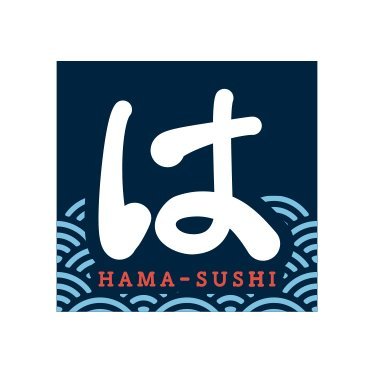
Sushi restaurant 3: Kurazushi
Sushi at prices from 115 yen. The attraction of this sushi restaurant is that it focuses on additive-free products. In addition, each plate of sushi comes with a cover to protect the sushi, allowing you to eat sushi with peace of mind. Also, for every five plates you put into the machine after eating, you can enter a lottery to win a prize in a capsule toy, so you can enjoy your sushi while having fun.
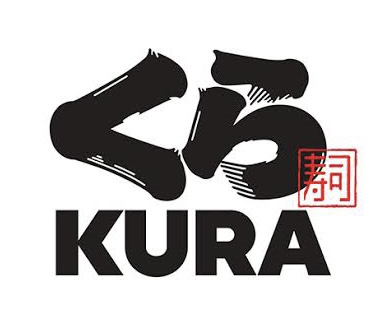
2. Yakitori 🐔
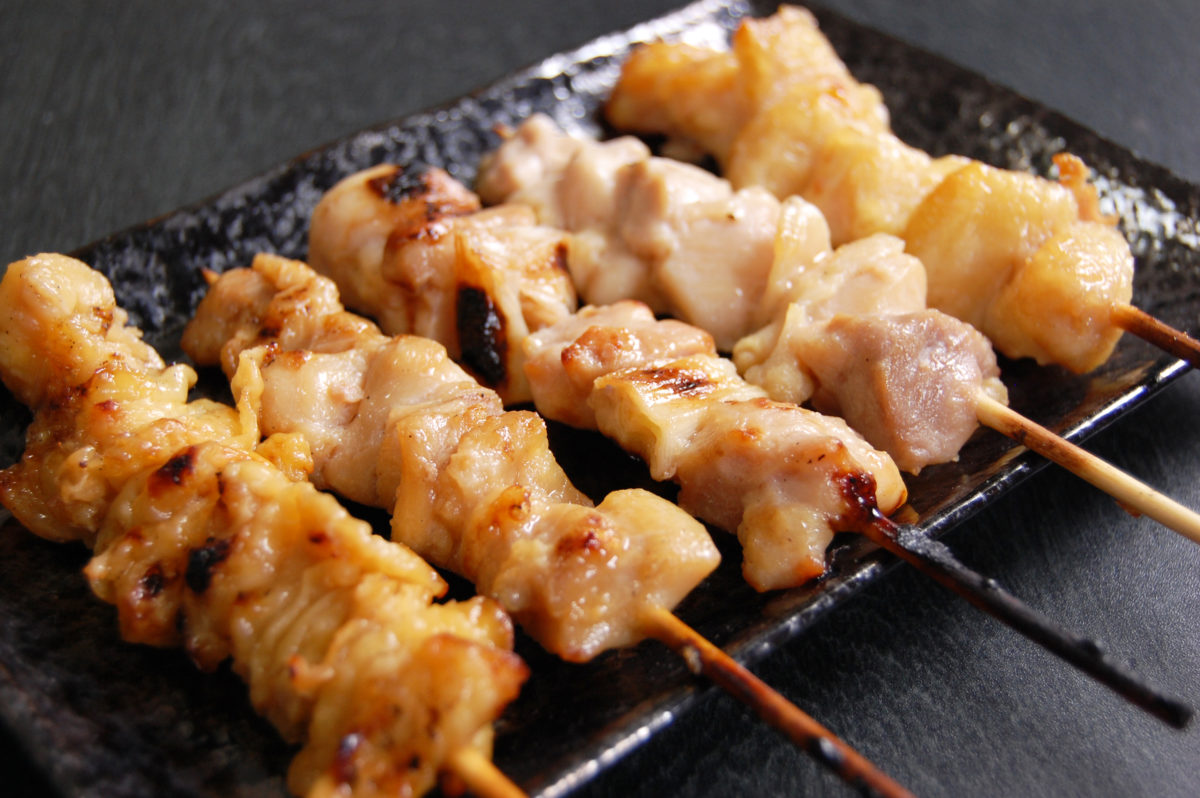
“Chicken cut into bite-sized pieces, placed on a net and grilled over an open flame with charcoal or gas.”
It is then eaten with a special sauce or salt. In addition to chicken, beef tongue, intestines, hearts, and green onions are also sometimes served on the skewer
The amount of meat on each skewer of yakitori is not very large, so you can eat many different kinds of yakitori.
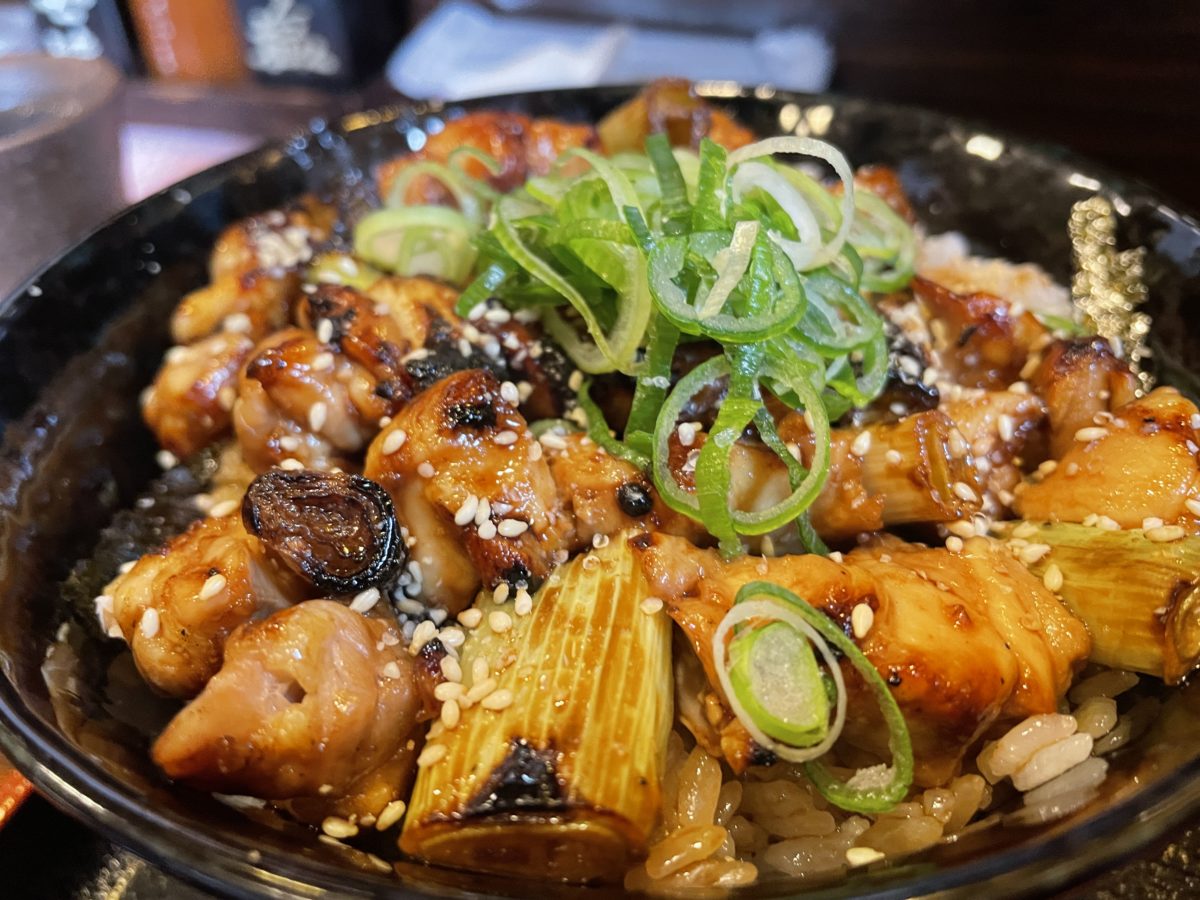
Yakitori sauce goes well with rice as well. Yakitori-jyu, a yakitori topped with rice and topped with sauce, is also available. The sauce soaks into the rice well and is extremely tasty.
Drinking beer while eating yakitori is the best.
Yakitori Restaurant: Tori kizoku
It is an izakaya where you can order all items for 360 yen. In addition to yakitori, you can eat drinks, fried foods, rice/noodles, and desserts. All items are priced at a flat rate, so you can order with confidence. Of course, the taste is also guaranteed.
Fortunately, an English menu is also available, making it easy for tourists to order.
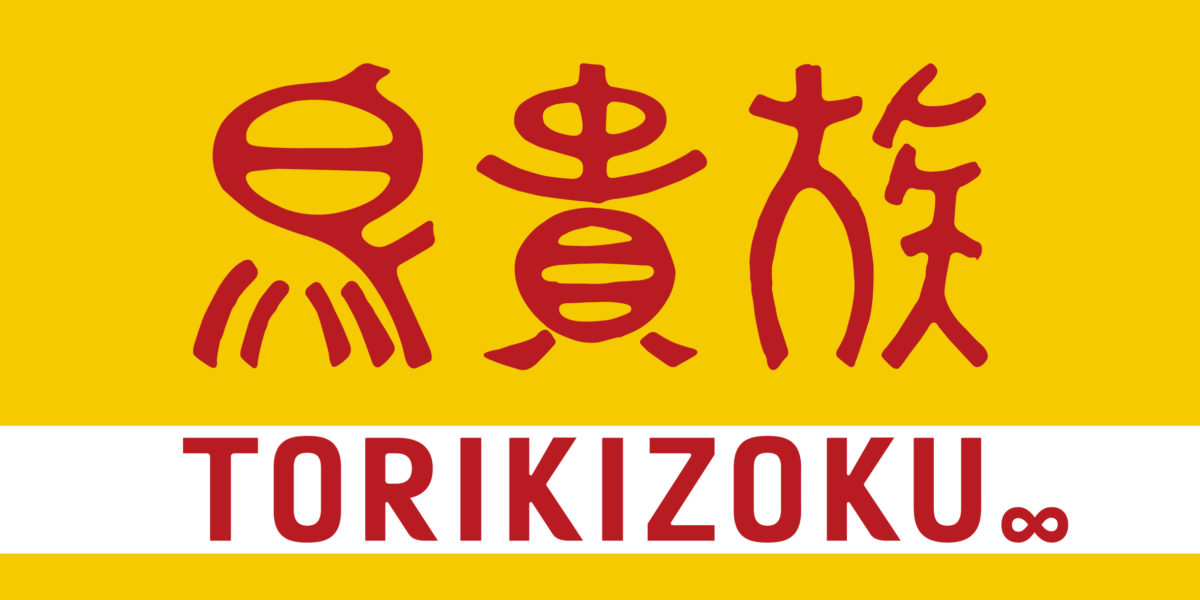
3. Noodles 🍜
Ramen
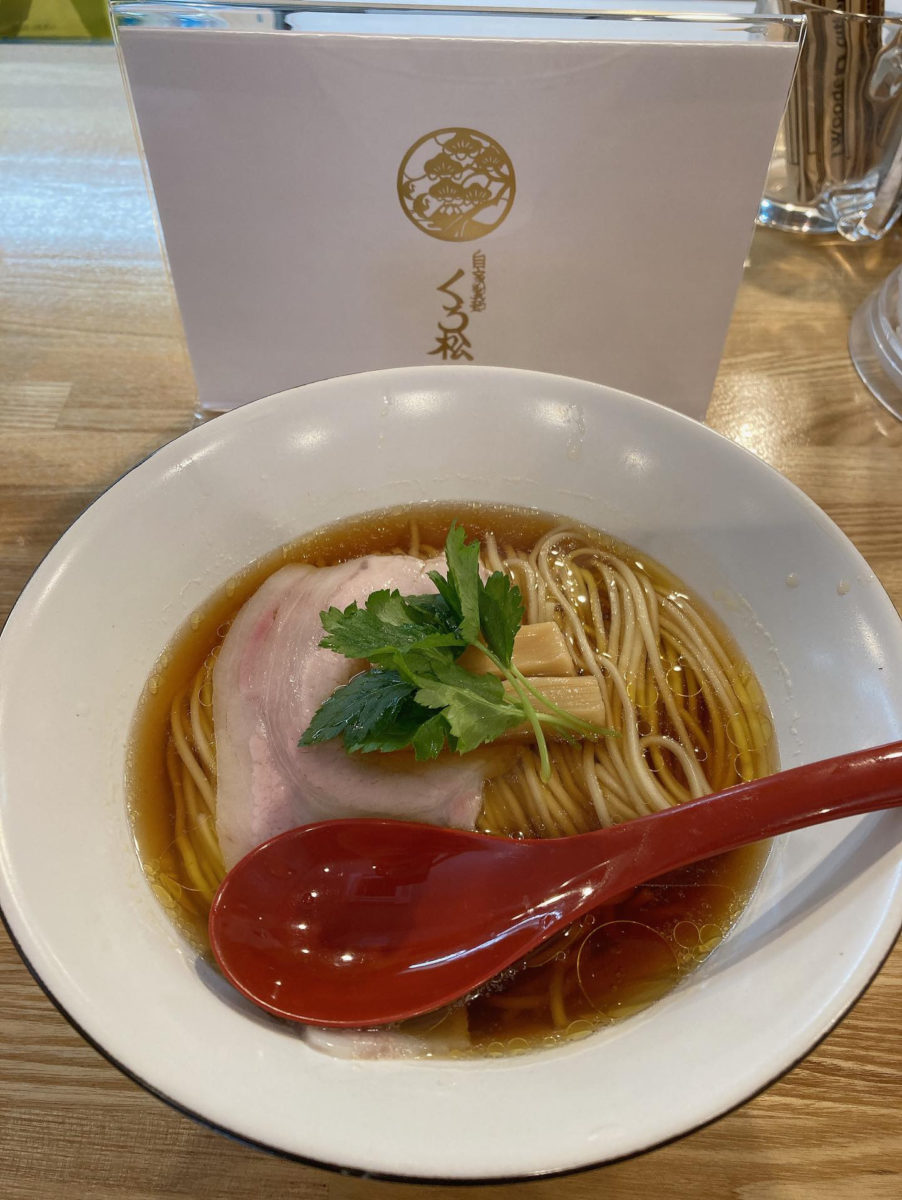
“A noodle dish consisting of Chinese noodles, seasoned eggs, chashu pork, and green onions in a soup.”
Soup flavours include salt, soy sauce, miso, and tonkotsu (pork bone). Different types of soup and different types of noodles have completely different tastes, so one should taste different types of ramen.
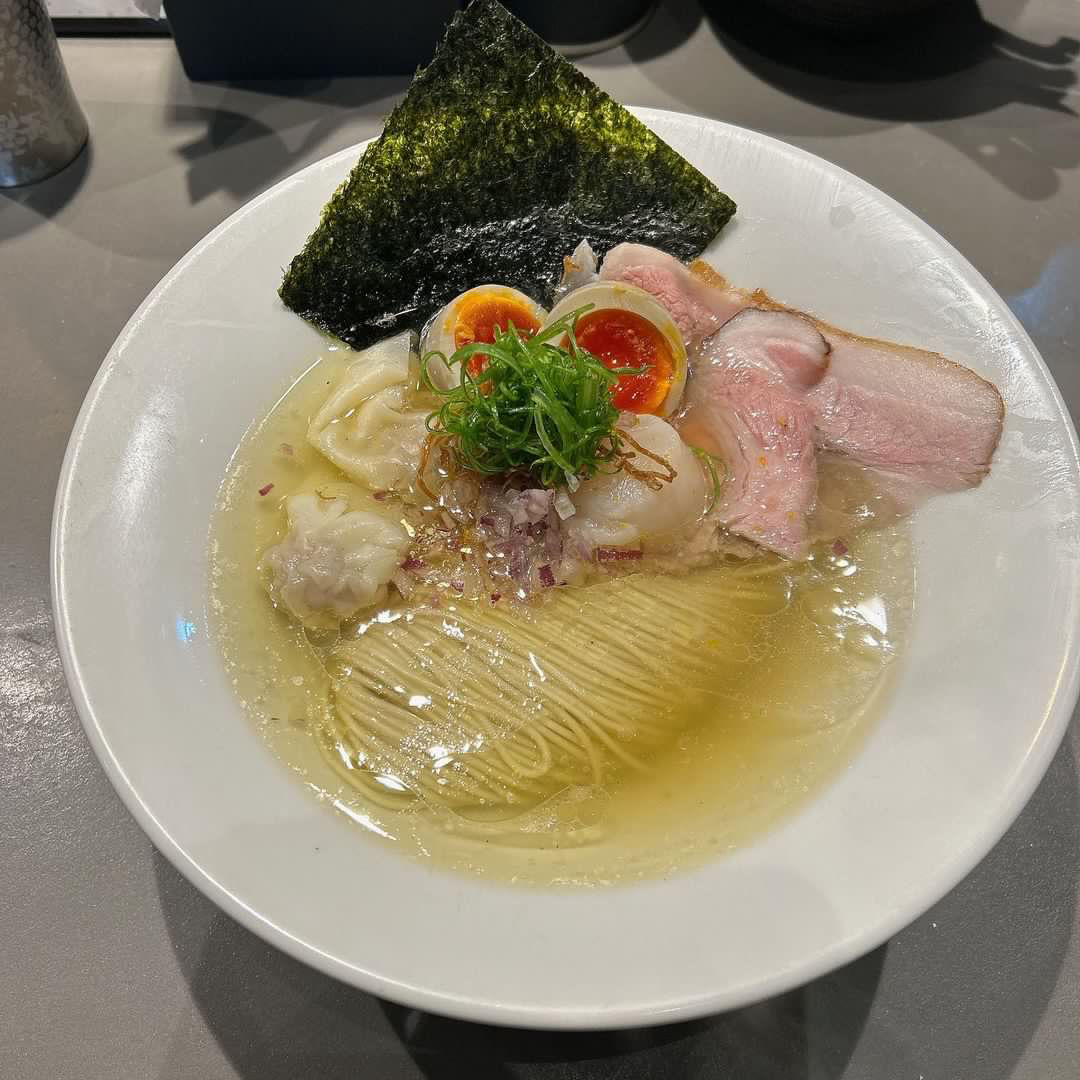
The price is usually around 1,000 yen at any restaurant. It is one of the most popular Japanese foods, especially among Japanese people. Many people eat ramen to finish off after drinking, as it tastes even better when eaten after drinking alcohol.
Ramen Restaurant 1: Rairaitei
Rairaitei is a ramen restaurant marked by a yellow sign.
The ramen is characterized by the deep flavor of its rich soy sauce base, and the thick, chewy Chinese noodles intertwine perfectly with the soup, making it a very satisfying dish.
When ordering ramen, you can order the thickness of the soup, the hardness of the noodles, the amount of fat, and the amount of green onions to your liking.

Ramen Restaurant 2: Ichiran
Ichiran is a restaurant specializing in tonkotsu ramen that offers a unique dining experience in a private room-style seating area.
You can specify your preference for seasoning in detail, such as the intensity of flavor, amount of oil, amount of garlic, amount of sauce, and noodle hardness, so that you can enjoy your favorite ramen to your liking. and noodles, so you can enjoy the ramen just the way you like it. It is so popular that it is marketed as a popular souvenir.

Ramen Restaurant 3: Tenkaippin
Tenkaippin is a ramen restaurant that serves kokusoba, a thick, creamy, rich broth. There are a very large number of enthusiastic fans who prefer the ramen of this restaurant.
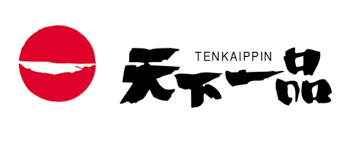
Ramen Restaurant 4: Marugen ramen
This chain restaurant offers ramen noodles with a flavorful chicken broth and specially made medium-thick noodles. A wide variety of toppings and a limited menu for each region are also part of the restaurant’s appeal.
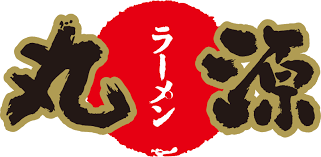
Tsukemen

“A type of Japanese ramen in which two separate servings of thick, sticky noodles are served in a thick broth, and the noodles are dipped into the broth when eaten.”
Tsukemen soup is thicker than ramen, and this broth is very well mixed with the noodles, enhancing their flavor.
After the noodles are gone, you can order “soup-wari” for free. This allows you to drink the thick soup left over from the tsukemen by diluting it with soup stock or hot water, allowing you to enjoy the tsukemen to the end.
Tsukemenya 1: Rokurinsha
Rokurinsha features a thick dipping sauce based on seafood and chicken stock and straight, medium-thick noodles. The simple yet deeply flavored tsukemen has an unforgettable impact once you try it.
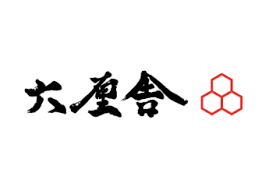
Tsukemenya 2: Tsukemen TETSU
Tsukemen is a soup based on pork and chicken bones, to which seafood is added and boiled. The combination of the tsukemen soup, which emphasizes the flavor of seafood, and thick, straight noodles is the best.
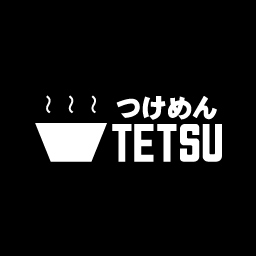
Mazesoba
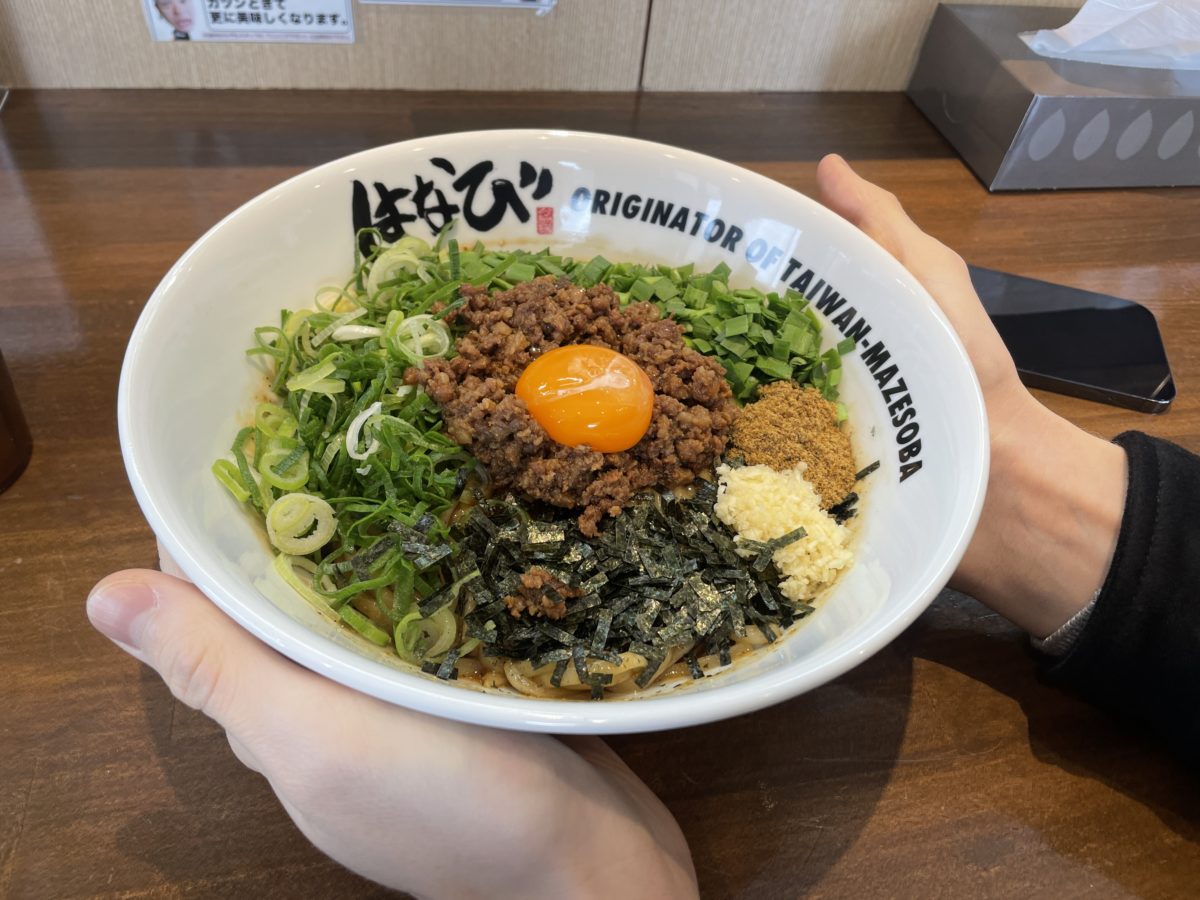
“A noodle dish similar to ramen without soup, but with sesame oil or soy sauce as the sauce, a raw egg, green onions, garlic, meat, and seaweed on top, and a messy mixture of ingredients.”
The catchphrase “Once you start eating, you can’t stop” is apt for this food.
Many people have probably never heard of mazesoba. One of my acquaintances chose “mazesoba” as the number one dish among the many he had in Japan.
The charm of mazesoba is that you can enjoy it twice by mixing the remaining ingredients with the rice (this is called “oimeshi”) after finishing the noodles.
Mazesoba Restaurant: Hanabi
This restaurant is also so popular that it has opened stores overseas. They have opened stores in Japan, especially in Nagoya, but there are also several stores in Tokyo, so please give them a try. This is a picture of my favorite Taiwanese mazesoba.
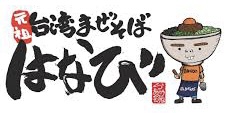
4. Udon 🥢
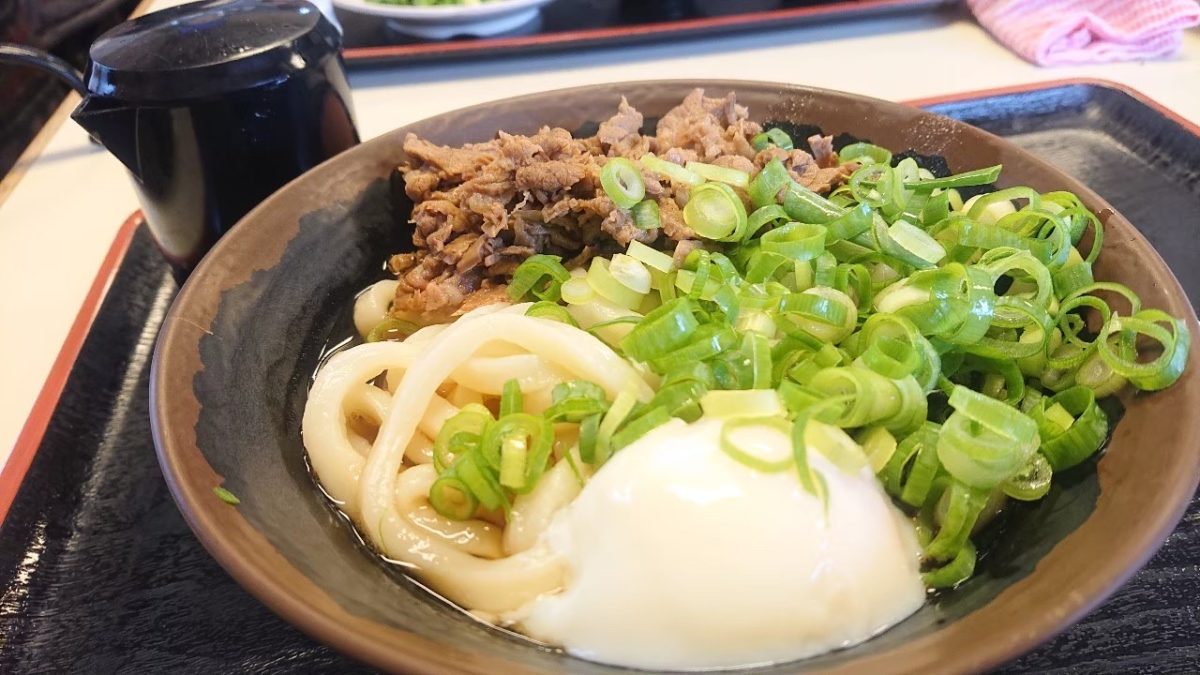
“A satisfying noodle dish made by mixing flour with water, kneading it, and cutting it into long, thin strips.”
To this you add tempura, meat, and cold or hot soup, as you like. This soup is very soupy and has a deep flavor. Udon noodles are thicker and have a different texture than ramen noodles.
Udon restaurant: Marugame Seimen
In fact, this restaurant has already opened in many countries outside of Japan, with 226 stores in 10 countries, including the United Kingdom, the United States, and the Philippines. In fact, when I visited Marugame Seimen in Hawaii, there were about 50 customers in line and it was a huge success.
After all, the appeal of this restaurant is its inexpensive price: for as low as 290 yen and up, you can enjoy a bowl of udon. The noodles are the best of the best, smooth, chewy.
There are a variety of varieties to choose from, with about 10 standard menu items and a limited-time-only menu. This is Chicken Tempura Udon with Tartar Sauce, which is limited time offer menu.
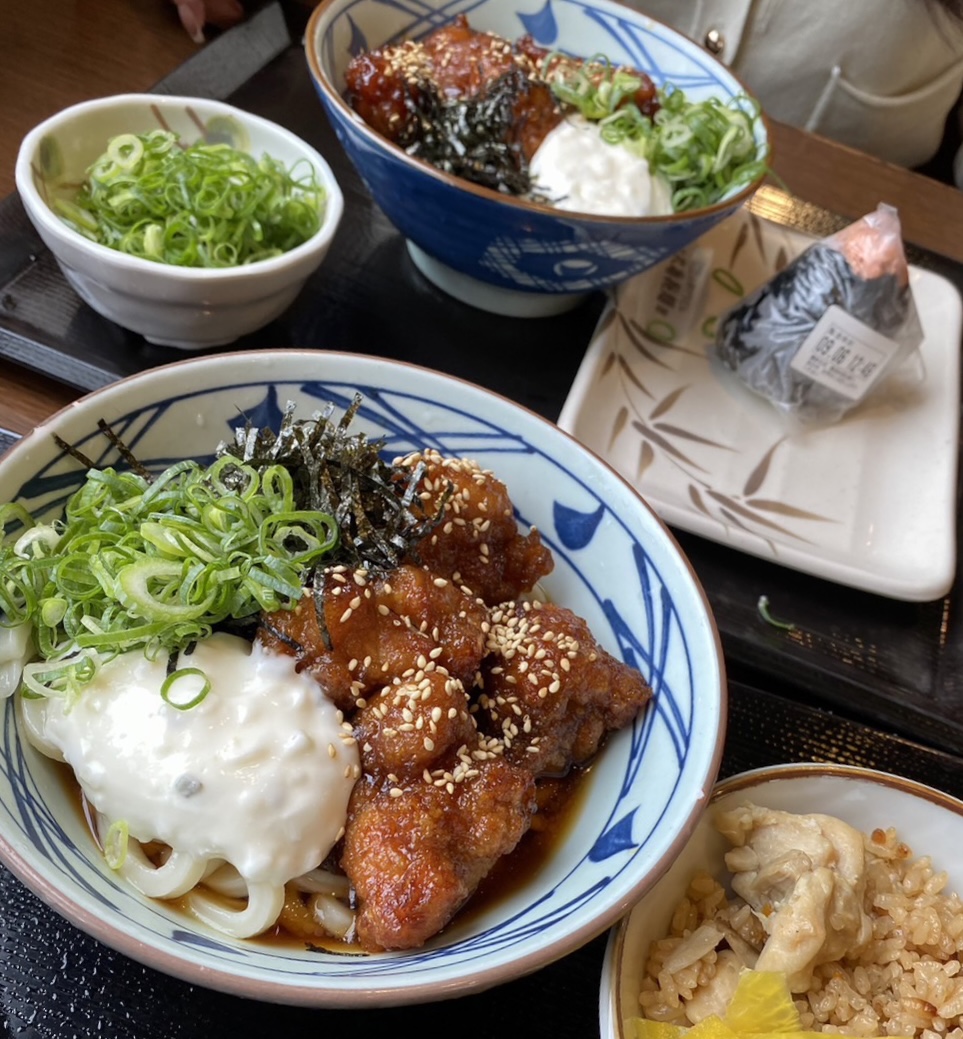
Freshly fried tempura can be added as toppings, and free green onions and tenpura flakes are available as much as you want on top.
Not only is the food cheap, but it also tastes great. Everyone will say, “I can’t believe how inexpensive it is!” everyone will say. I am such a fan of this udon shop that I come here regularly to eat their udon.

5. Shabu Shabu 🍲
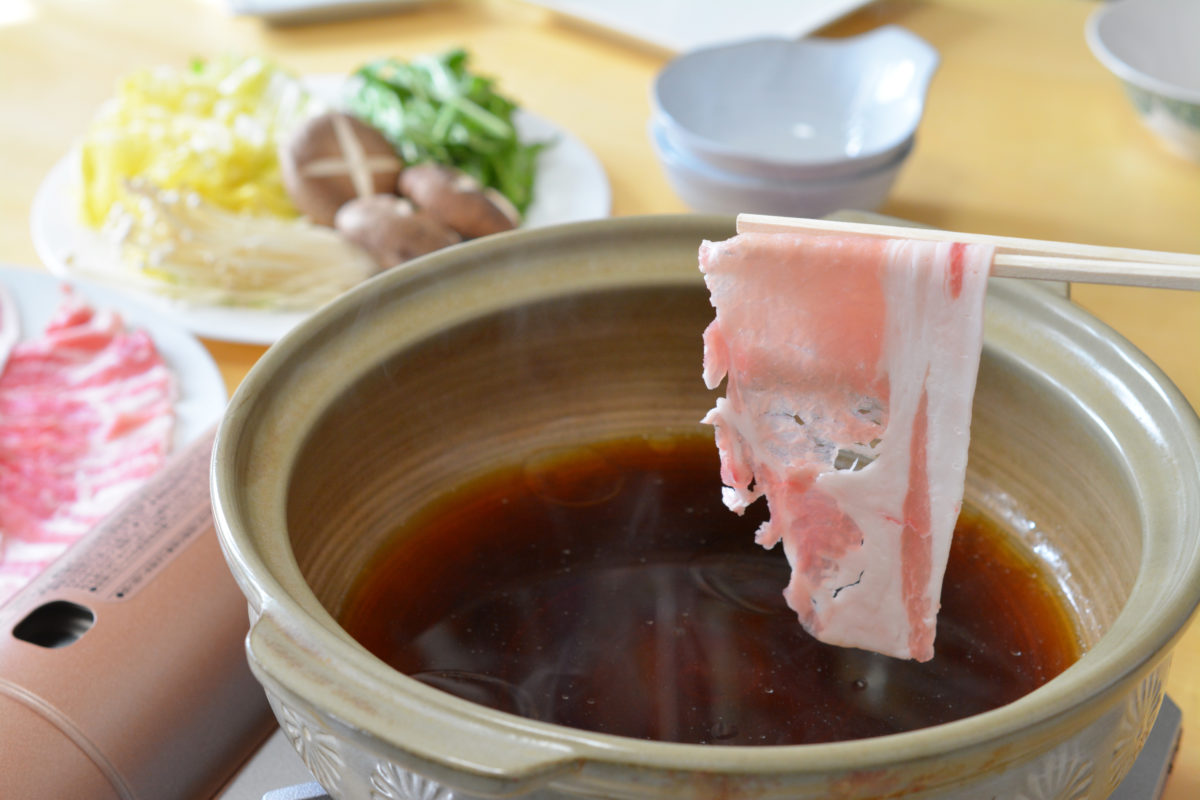
“One of the hot pot dishes in which thinly sliced meat, vegetables, and other ingredients are submerged in boiling water or broth and dipped in a small dish of sauce.”
It is a very healthy way to consume not only meat but also a lot of vegetables.

Shabu-Shabu Restaurant 1: Shabu-yo
You can eat as much as you want of all ingredients from 1,300 yen for lunch and 2,000 yen for dinner. Depending on the menu, sushi is also all-you-can-eat, and personally, I think the quality of the sushi offered here is high.
There are about 6 types of soups and 8 types of dipping sauces to choose from, allowing you to create your own favorite flavor.
At this restaurant, most of the food is self-serve, but only the meat is ordered on a tablet. The meat you order is brought to your seat by a smart robot.
There are also a wide variety of side dishes other than meat and vegetables, which I highly recommend for those who want to eat as much as they like of a variety of ingredients. And, to our delight, there are also all-you-can-eat sweets such as ice cream, cotton candy, and waffles!
An acquaintance of mine told me that when he stayed in Japan, he liked this restaurant because it was the most cost-effective and delicious.
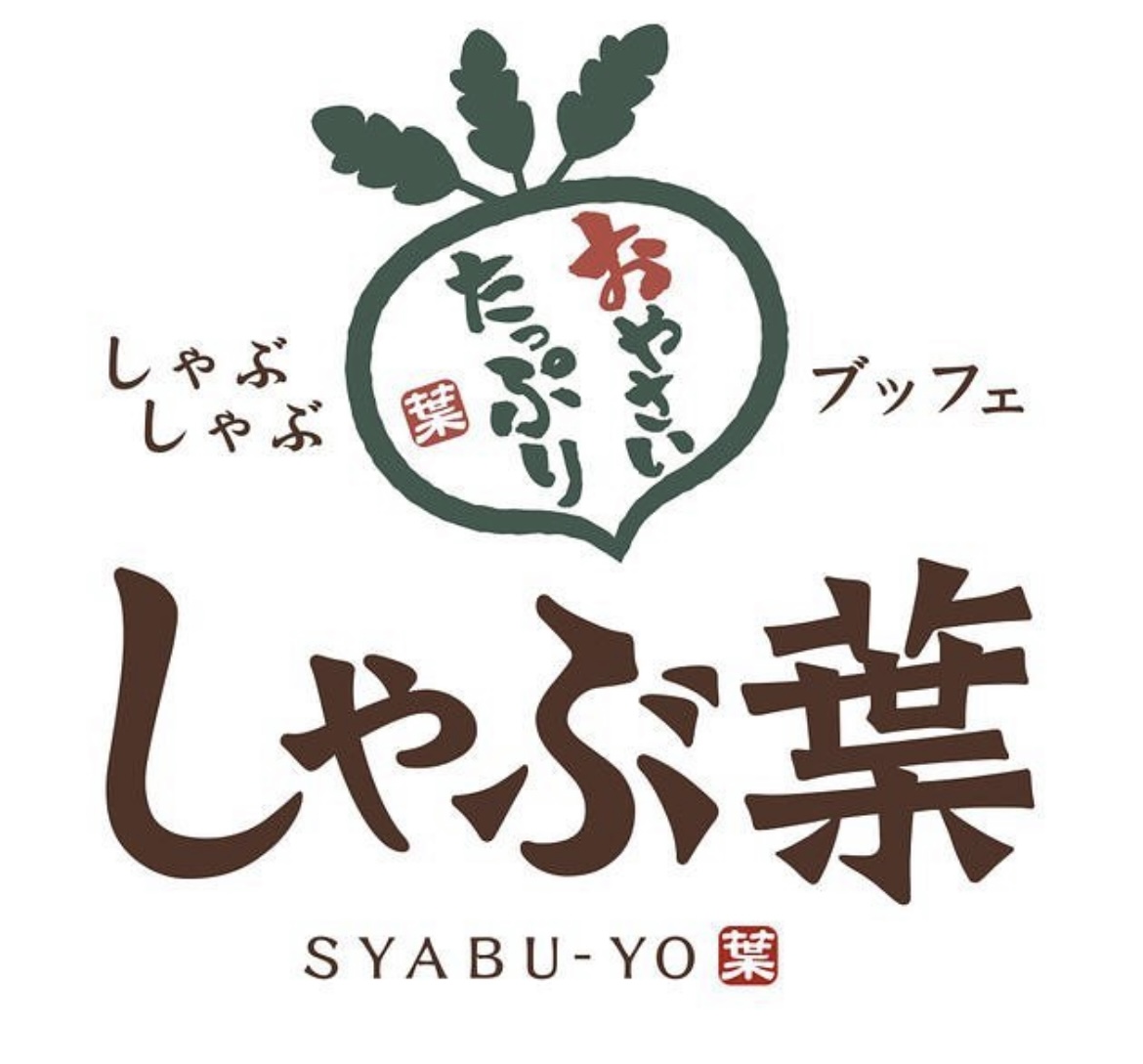
Shabu-Shabu Restaurant 2: Shabu-shabu Onyasai
The price is higher than the previously introduced “Shabu-yo”, with an all-you-can-eat menu starting at 3,000 yen. However, this restaurant has a very rich side menu. They have a very large selection of menu items and ingredients that you would find at an izakaya (Japanese style bar). I use this restaurant when I want to splurge a little. There are also non-all-you-can-eat menus available for 1500 yen and up.
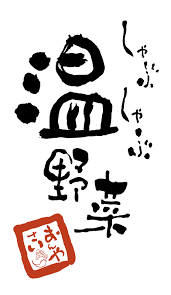
6. Gyoza 🥟
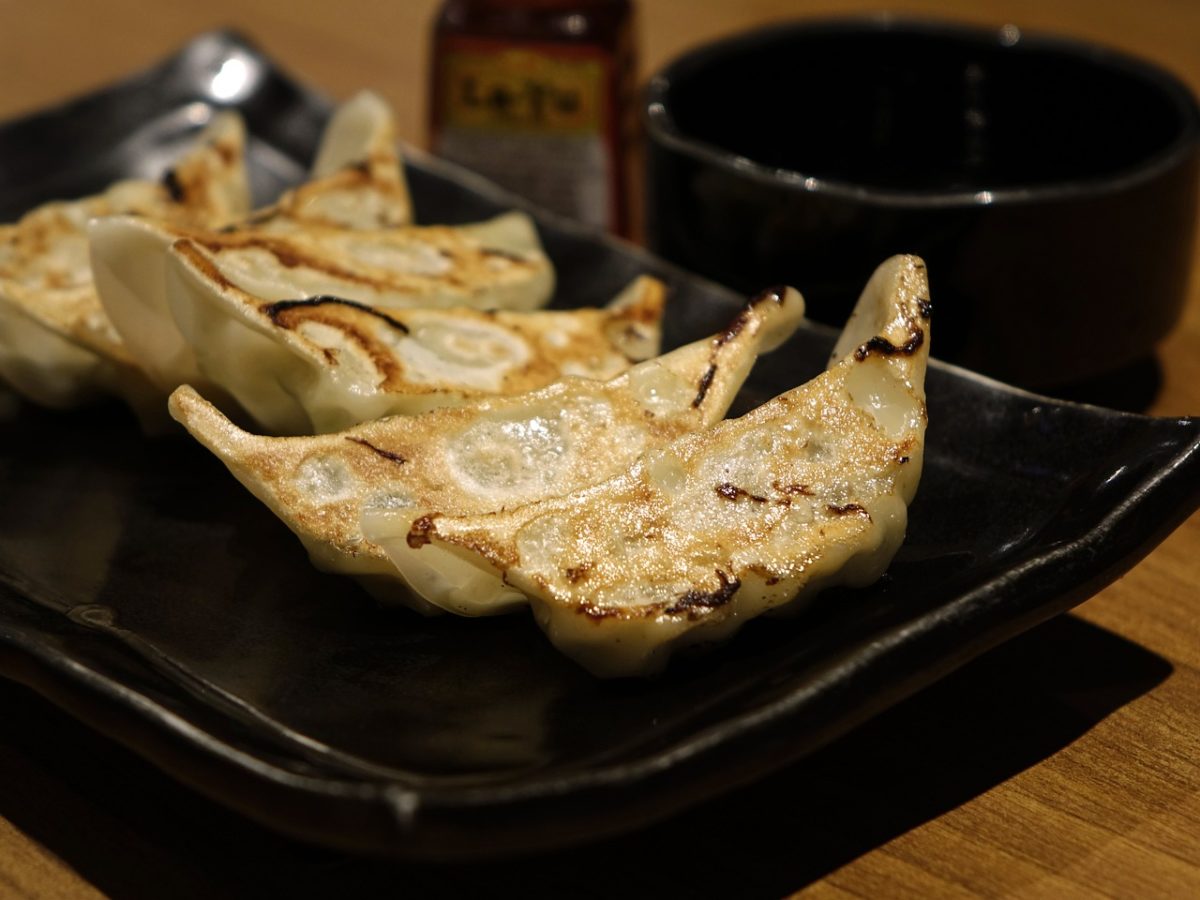
“A dough made by kneading flour and baked in a thinly stretched skin with minced meat and vegetables.”
Bite-sized, the dumplings are filled with juices from within when you bite into them. They are delicious eaten as they are, or even better when dipped in the special gyoza sauce.
Gyoza Restaurant: Gyoza no Ohsho
Ousho Gyoza offers a variety of dishes at reasonable prices. A plate of six gyoza is only 275 yen. If you like garlic, you can order more garlic than usual. Of course, all the other dishes are excellent as well, so be sure to try the others.
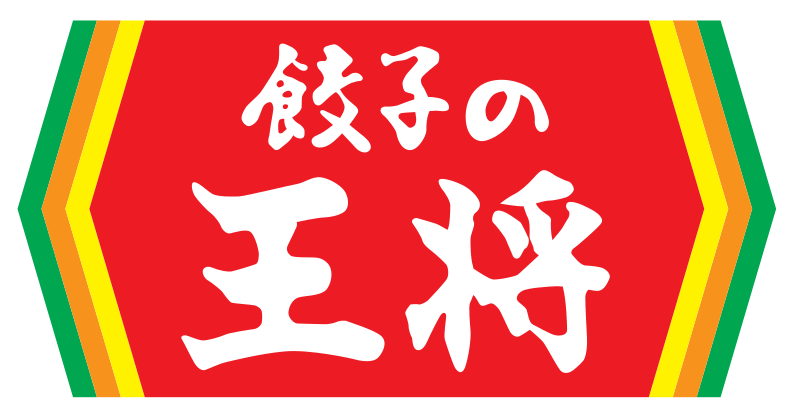
7. Curry rice 🍛
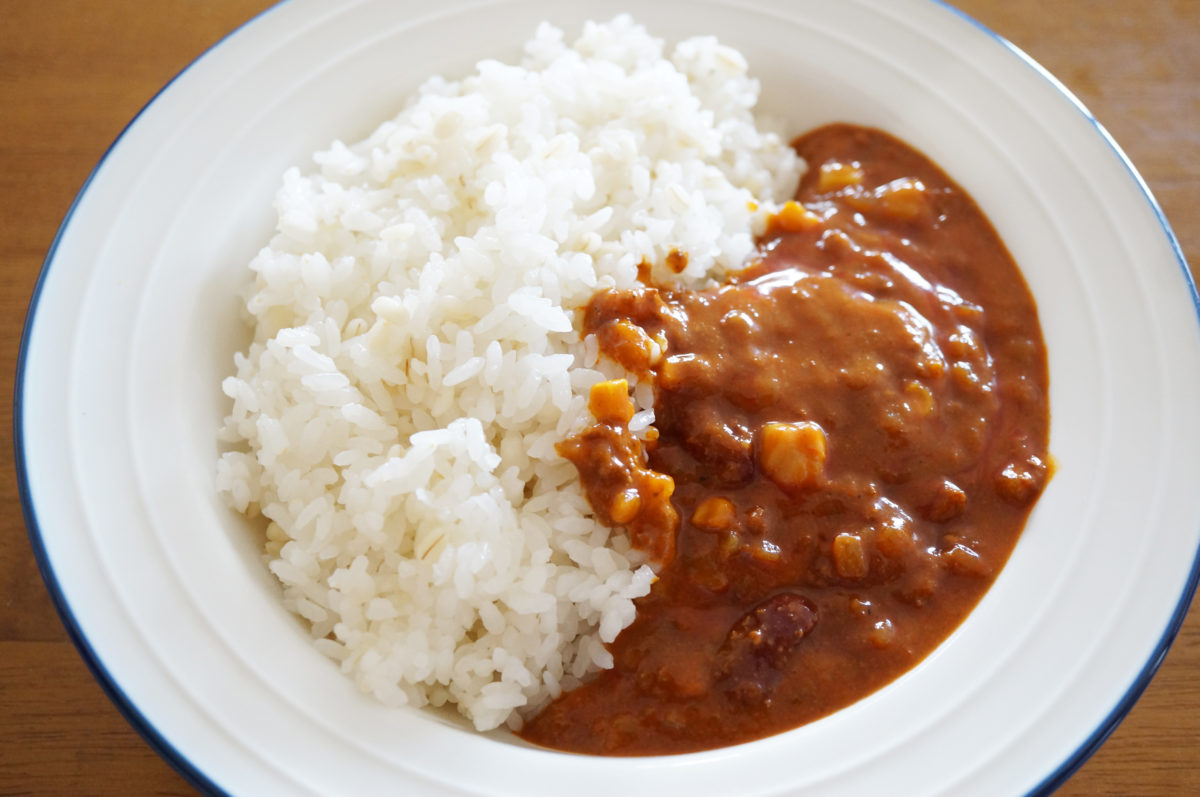
Various types of curry exist throughout the world, but unlike Indian soup curry, “Japanese curry is thick and served over rice. It looks similar to beef stew, but tastes different. The most common curry ingredients are potatoes, carrots, onions, and meat.”
Curry Restaurant: CoCo Ichibanya
There is a wide variety of curry dishes to choose from, including meat and vegetable dishes. Some of the meat-based dishes include tonkatsu (pork cutlet) on top, allowing you to enjoy two Japanese foods at the same time.
You can try Japanese curry for 600 to 1,000 yen. In addition, you can choose the amount of rice from 150g to a whopping 900g, and if you want more, you can select more than 900g. In addition, you can choose the spiciness of the curry. You can choose from 17 levels of spiciness from sweet to very spicy (the hottest is uncommonly hot 🌶️). Personally, 1 spicy (🌶️ x 1) was enough for me.

8. Yakiniku 🥩
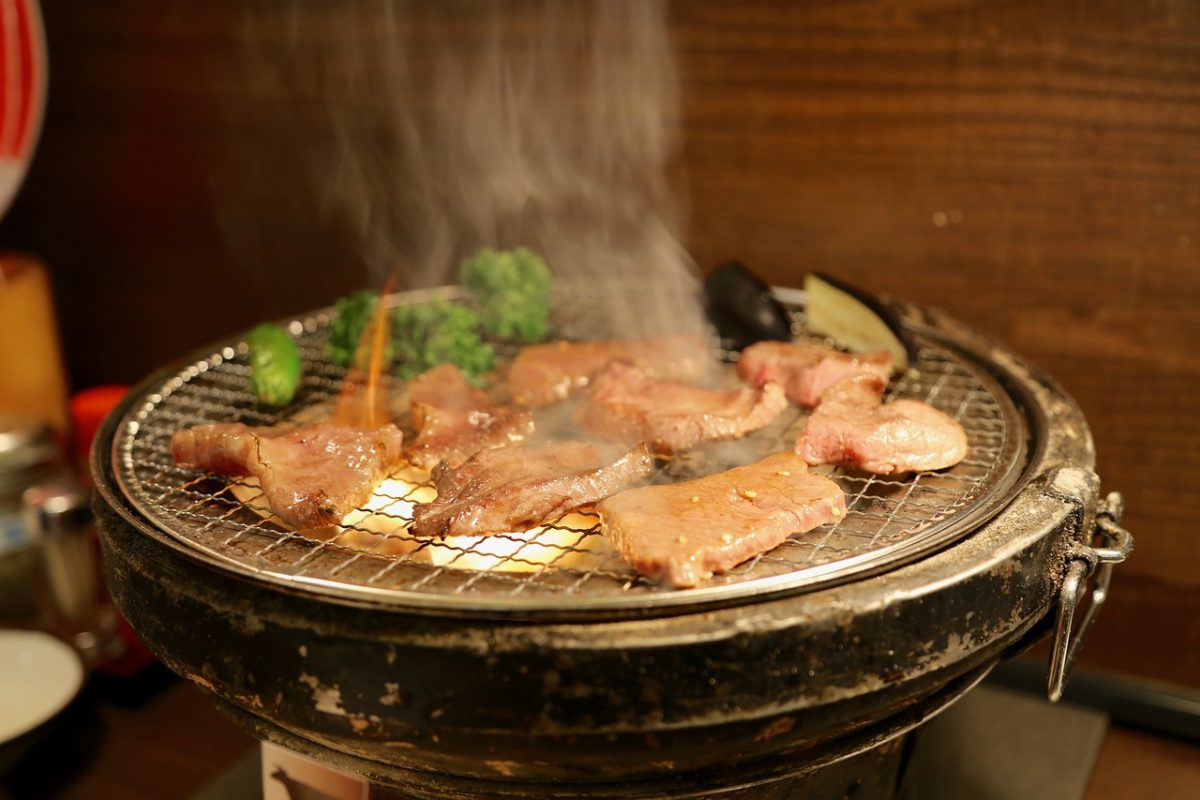
Much like barbecue, but with a few differences.
“Yakiniku is a style of eating meat that is sliced, not in large chunks, and grilled on a special grill or net.”
Meat grilled over charcoal, rather than gas, tastes even better.
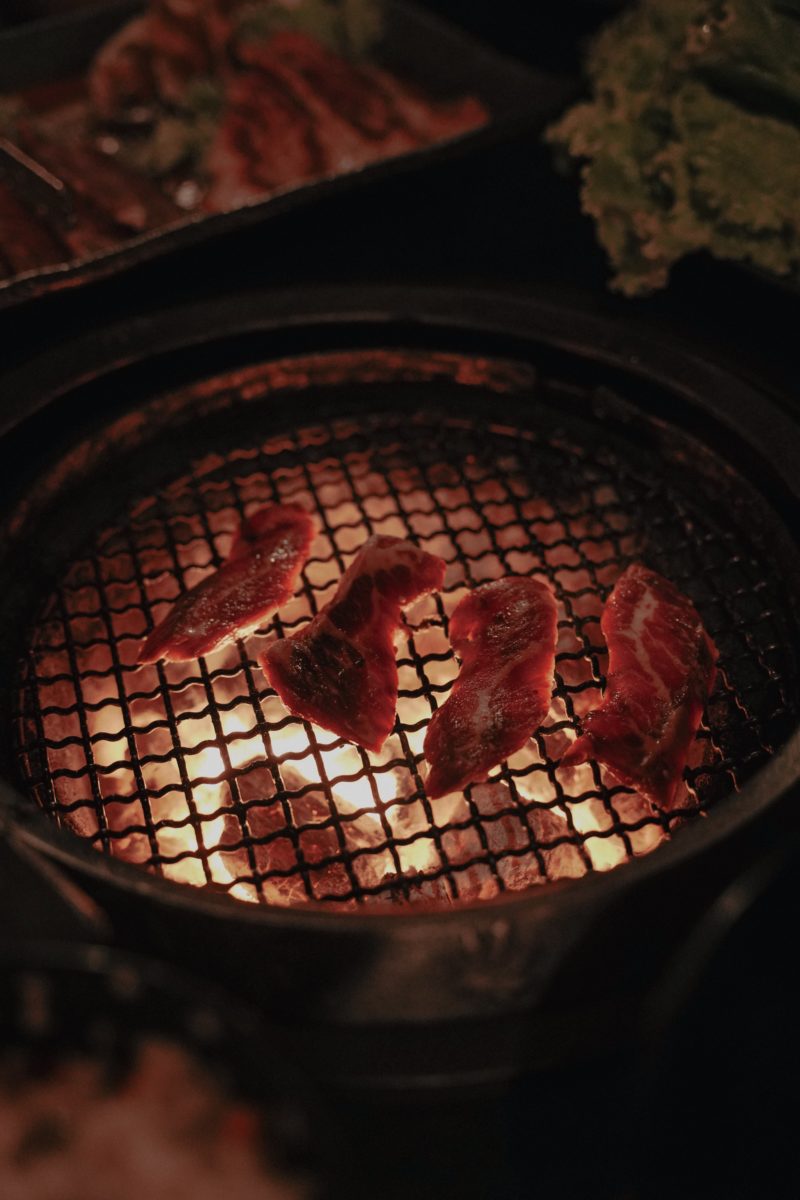
It is then served with salt or yakiniku sauce. The meat with sauce goes very well with rice, so ordering rice is a must. Be careful not to eat too much rice. Unlike barbecue, yakiniku is eaten inside the restaurant.
Japanese people often eat meat from parts of the body that are not common in other countries. Here are some parts of the meat that I would like tourists to try.
Recommended meat parts 1: Beef tongue
It has little fat and the texture is kind of chewy. It is a must-have item that goes very well with salt and lemon juice, and is a must-have item that people do not miss when they come to yakiniku restaurants.
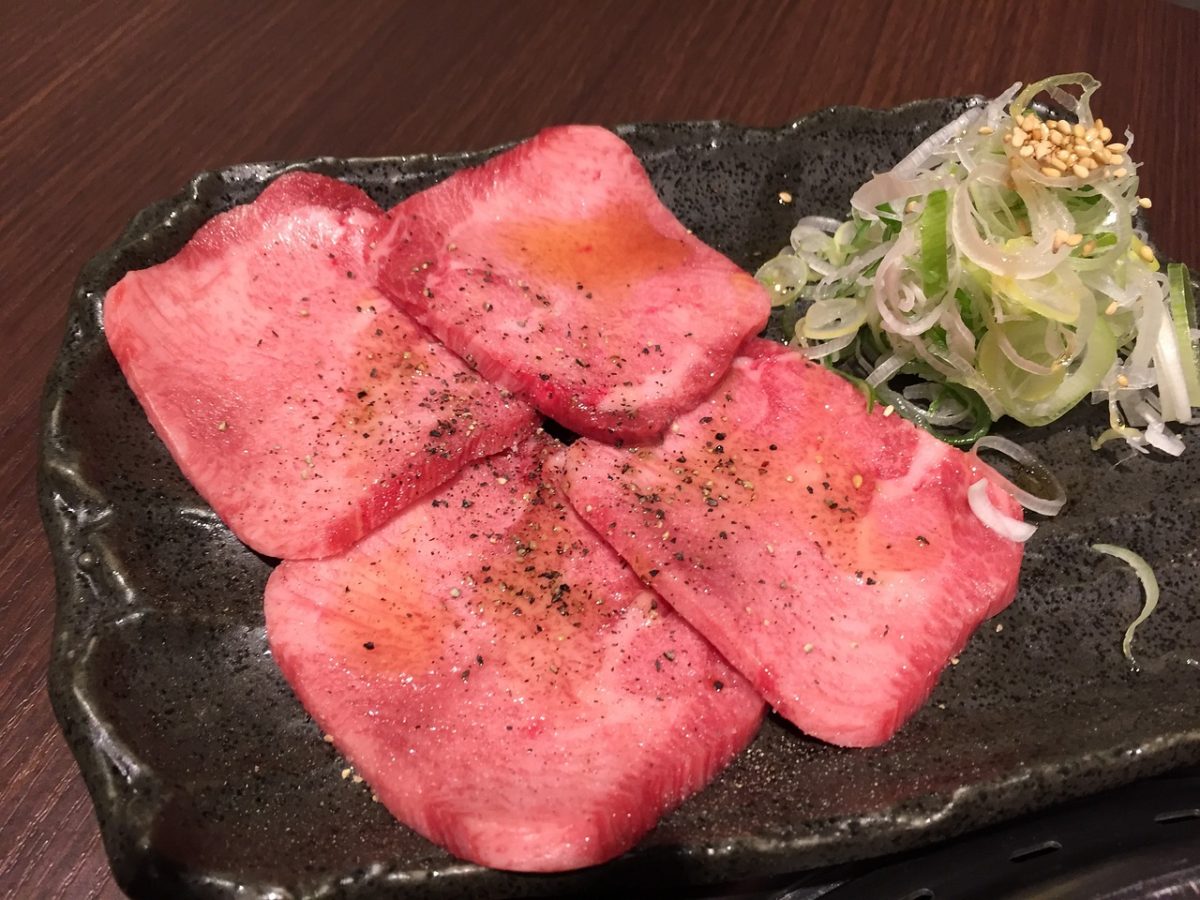
Recommended meat parts 2: Hormone
It refers to the stomach, intestines, and other organs of beef and pork. It has a different texture from other parts of the meat and is not easily chewed. However, it has a rich flavor and is another very popular meat.
“Tettyan” is especially popular, as it has less fat and is more refreshing than other types of hormone. It is a perfect match for the sauce.
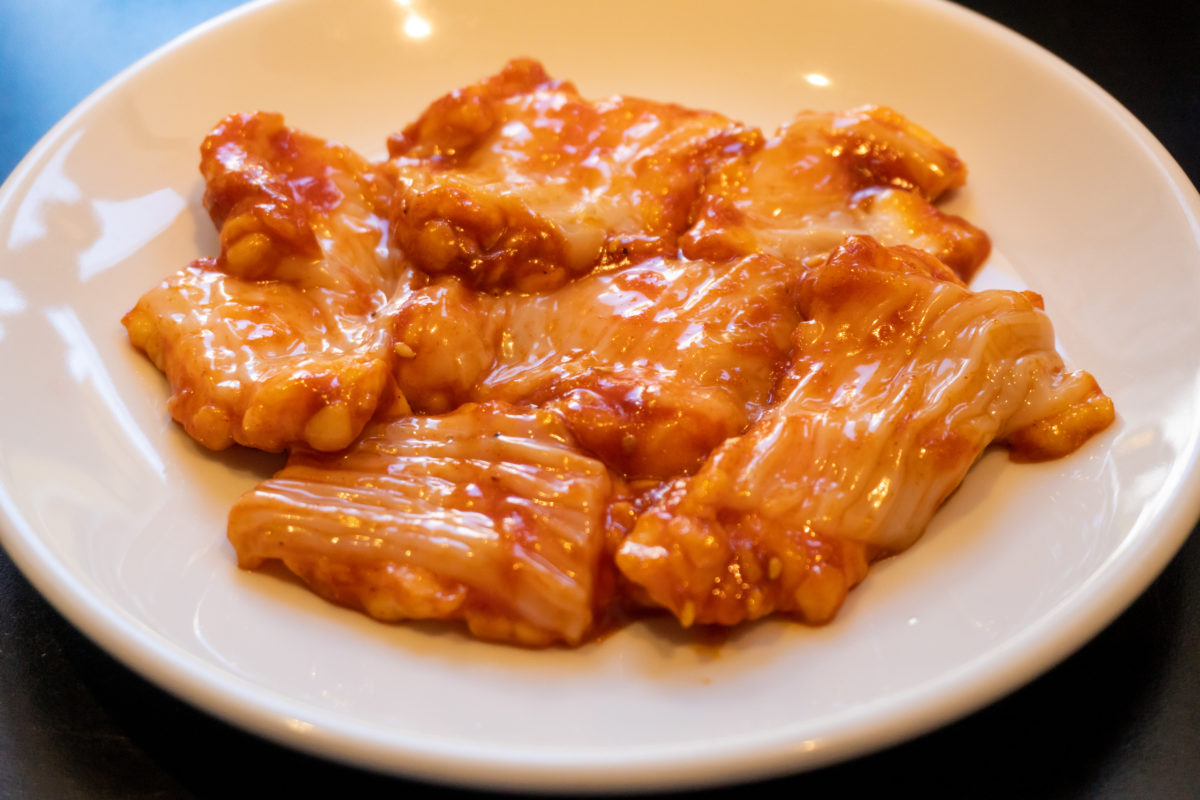
Recommended meat parts 3: Yukke
Raw meat cut into small pieces and served, so to speak, as meat sashimi. It is served with a sauce of soy sauce, sesame oil, sugar, etc., and mixed with green onions and raw egg yolk.
The fresh and tender texture unique to raw meat and the rich flavor that melts in the mouth make this dish a real attraction.
It is a dish that can only be tried in Japan, a country with a culture of eating raw meat.
Although it is raw meat, it is safe to eat. However, it is preferable to eat it as soon as possible after it is served. Many tourists might not be familiar with eating raw eggs and raw meats but this is part of Japanese culture and you can find more strange and unique foods in Japan in this article.
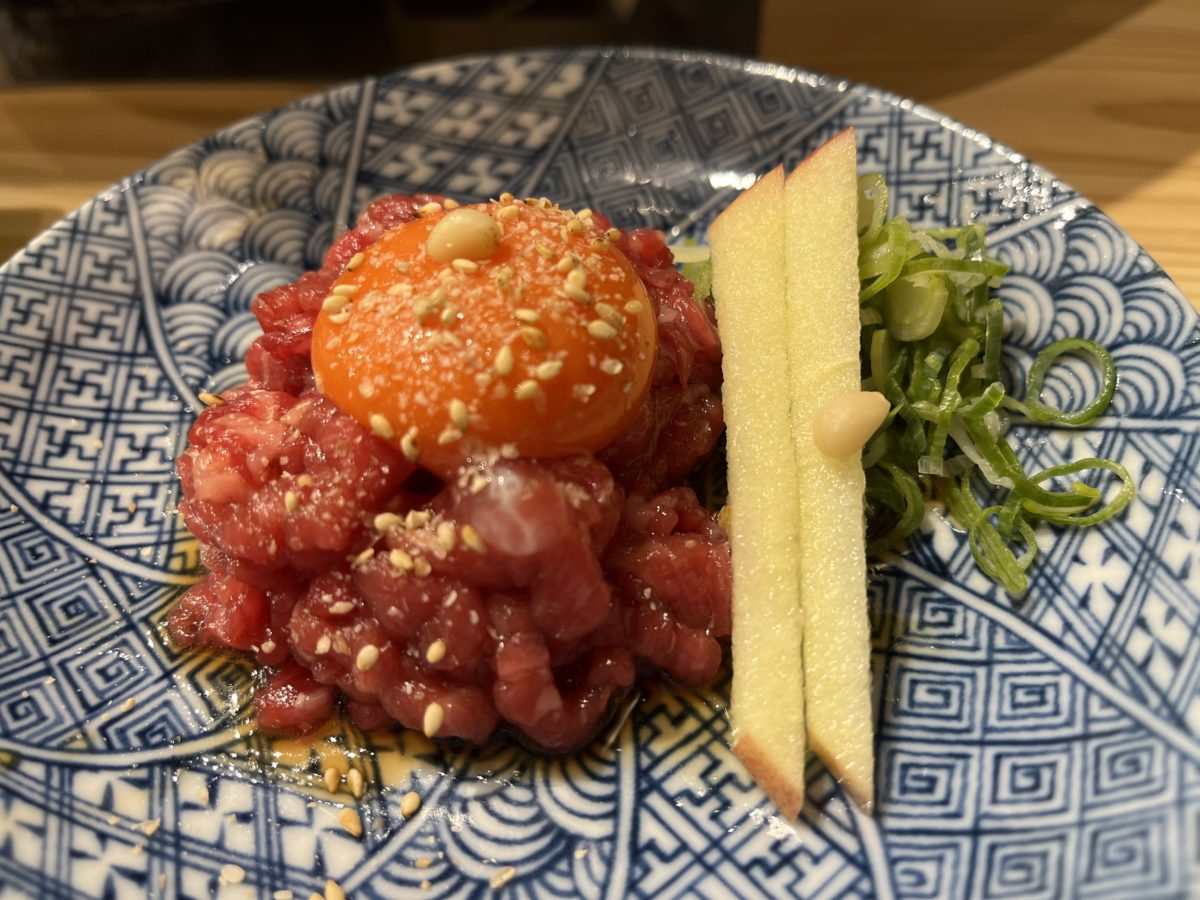
Yakiniku Restaurant 1: Yakiniku King
This is an all-you-can-eat restaurant. There are three all-you-can-eat courses, starting at 3,500 yen, where you can enjoy as much yakiniku as you like. Depending on the course, the variety of meat will increase and the rank will be higher. In addition to meat, rice, noodles, soup, and dessert are also all-you-can-eat.
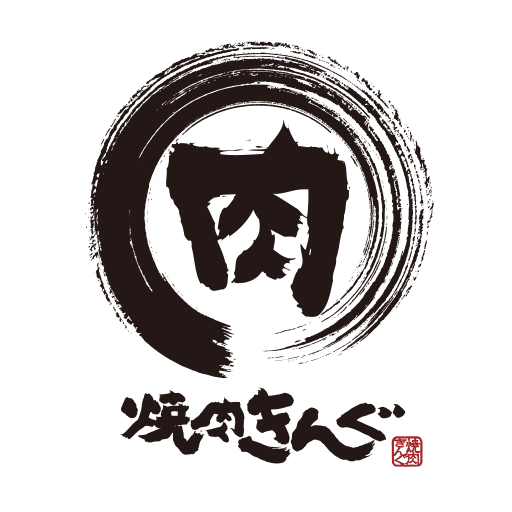
Yakiniku Restaurant 2: Gyukaku
Gyukaku is a popular restaurant that operates in 11 countries in addition to Japan. You can order one item at a time or choose an all-you-can-eat course.
At this restaurant, the meat is cut in the restaurant so that customers can enjoy fresh meat. Japanese-style desserts are also available.
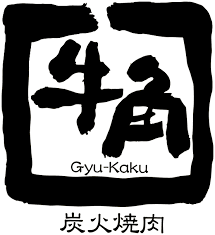
9. Gyu Don (beef bowl) 🐃
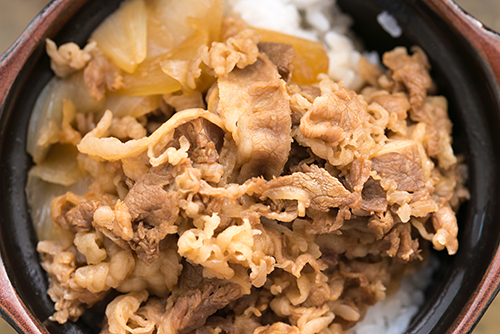
“A bowl of rice topped with thinly sliced beef and onions stewed in a sweet and spicy sauce of soy sauce and sugar and served over rice.”
The sweet and spicy sauce goes well with the rice. Even I, who usually eats little, end up eating too much rice.
The red thing on top of the gyudon is a pickled ginger called beni-ginger. I recommend eating a small amount of beni-ginger with your beef bowl, as it adds a stimulating touch to the sweet and spicy flavor.
Beef bowl restaurant 1: Sukiya
You can try a gyudon from 350 yen and up. The base of each gyudon is the same, and you can choose a gyudon with additional toppings such as cheese, kimchi, mayonnaise, and green onions for a different taste. There are six sizes available: mini, medium, medium, large, extra large, and megamori.
The mega portion is three times as much as the regular portion, making it ridiculously large.
The cheapest set meal with egg and rice is available for as little as 260 yen. Tamago Kakegohan is a simple and easy Japanese home-style dish consisting of a raw egg poured over warm rice, seasoned with soy sauce and salt, and mixed together.
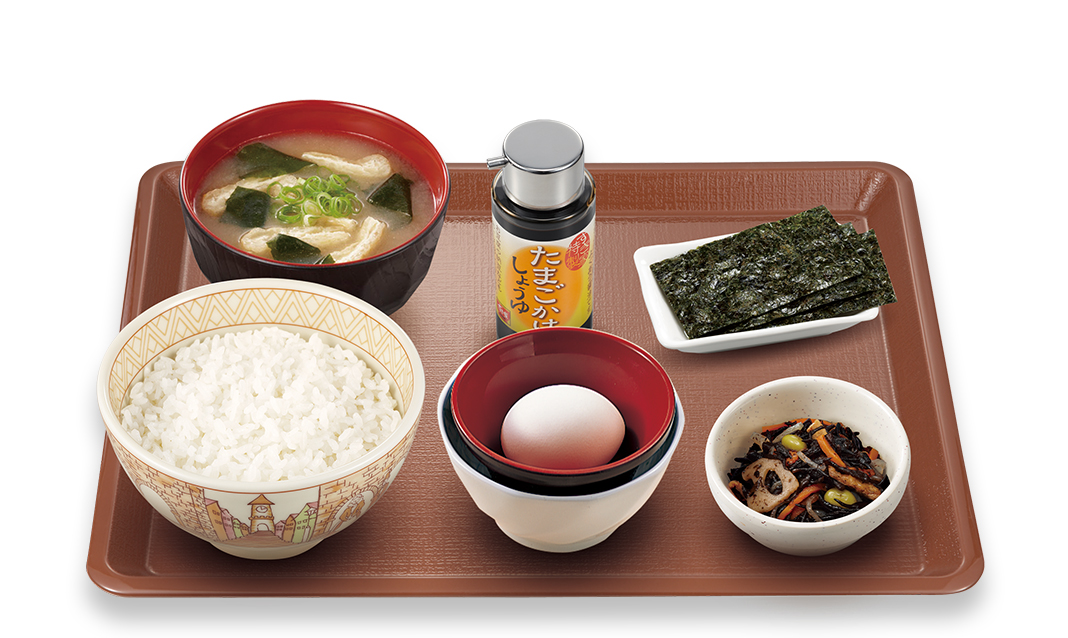
For tourists who are not accustomed to eating raw eggs, this may be very intimidating, but Japanese eggs can be eaten raw without worry. Since you are in Japan, please give it a try.
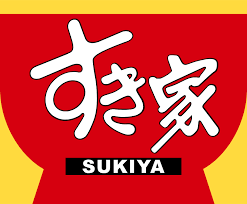
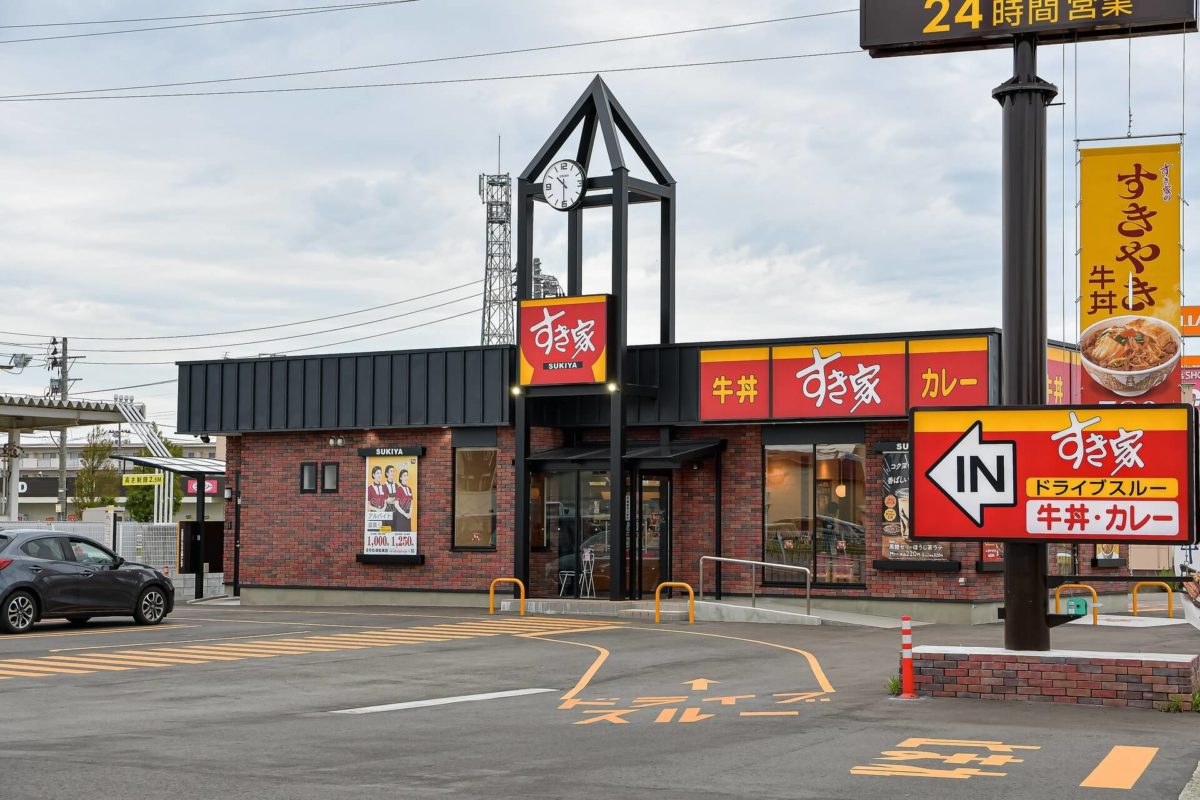
Some Sukiya restaurants are open from 5:00 a.m., which is recommended for those who want to start sightseeing early in the morning.
Beef bowl restaurant 2: Yoshinoya
You can try a beef bowl for as little as 450 yen. In addition to gyudon, karaage donburi is also available, and karaage, a popular Japanese dish, can also be had here. At this restaurant, you can choose from six different sizes of gyudon as well, so you can enjoy your favorite amount. As a woman, a mini-sized gyudon is enough to fill me up.
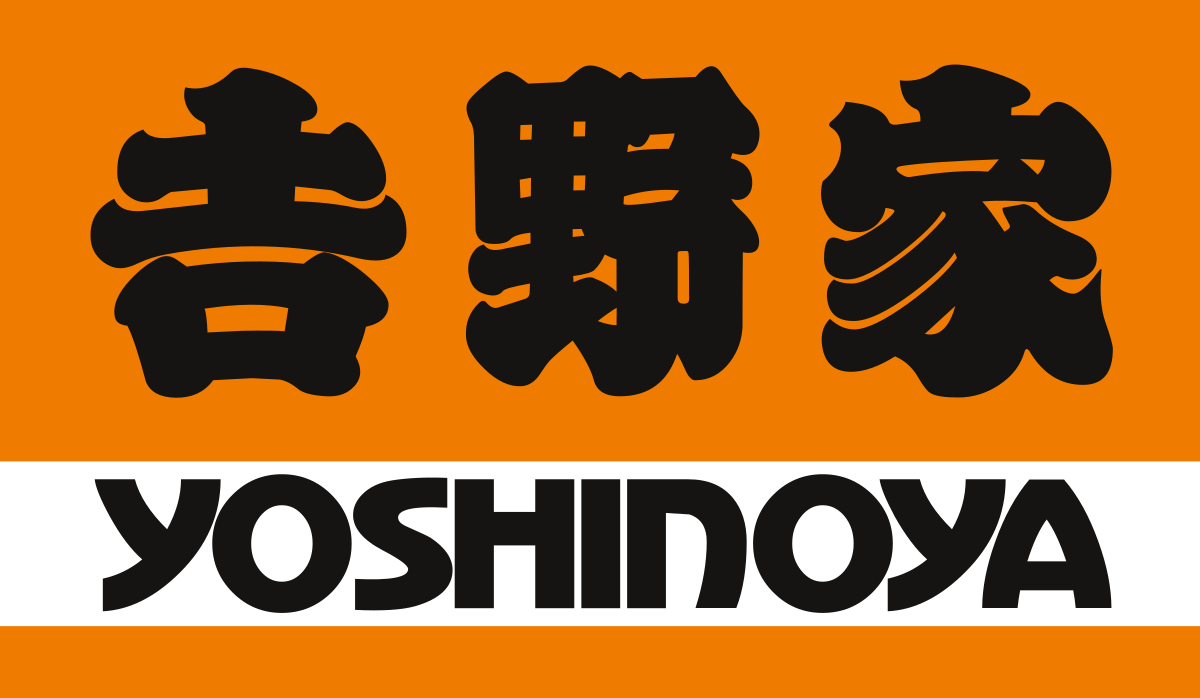
10. Tonkatsu (cutlets) 🐖
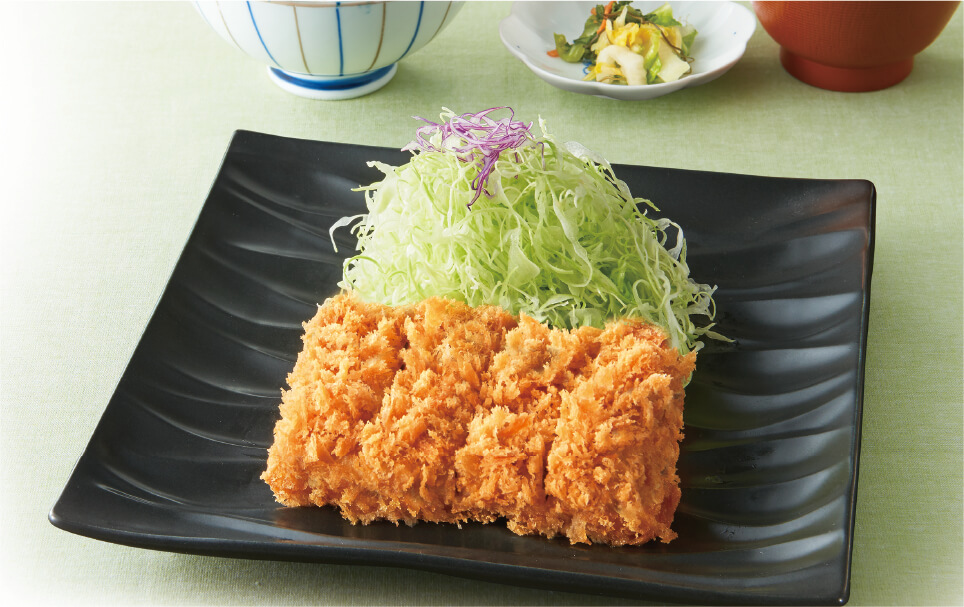
“Slices of pork loin or fillet are coated with bread crumbs, raw egg, flour, or other batter and deep fried.”
It is then dipped in a special sauce. Tonkatsu is usually served with shredded cabbage on the plate. The cabbage eaten while eating fried food is excellent.
Pork cutlet restaurant: Tonkatsu Kazuyuki
The price range is around 1500 yen, and here, if you order one of their tonkatsu, you can have another serving of rice, miso soup, and cabbage for free.” It is an “all-you-can-eat” deal. You can also have miso soup, which is a typical Japanese breakfast. By the way, not only tonkatsu but also “katsudon” (pork cutlet served on top of a bowl of rice), a popular dish among tourists, can be had here.
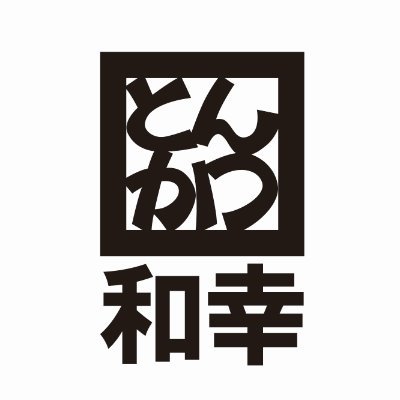
Conclusion
Here we have introduced dishes that can be eaten throughout Japan.
On other pages, we have introduced recommended local delicacies to be tasted in each city (for example best local delicacies in Osaka). Please visit the page of the city you plan to visit!
There are so many delicious foods in Japan. We hope that foreign tourists will make their stay in Japan even more enjoyable by tasting not only sushi but also a variety of other Japanese foods.
